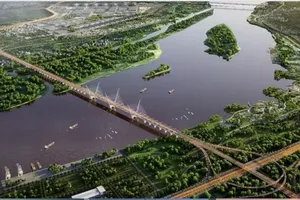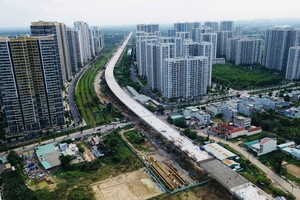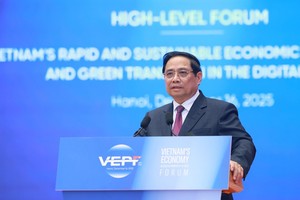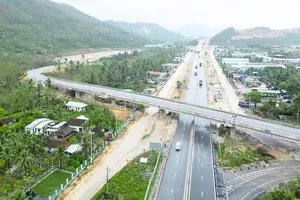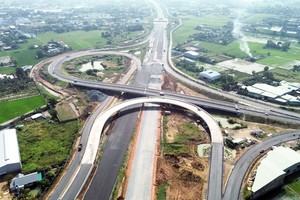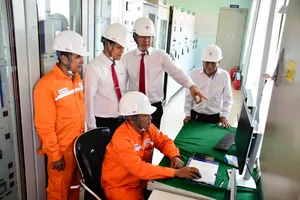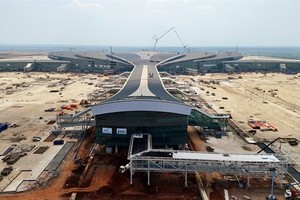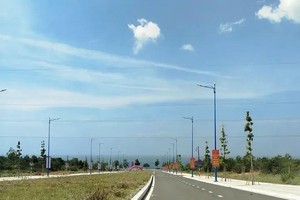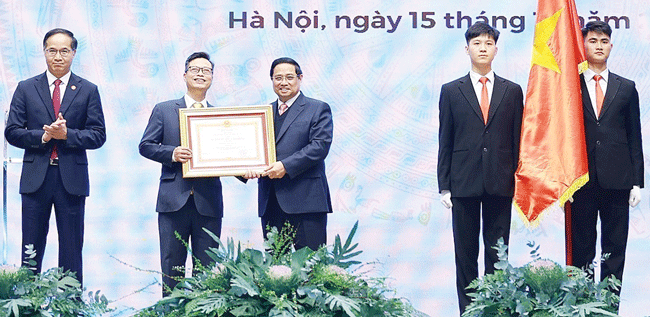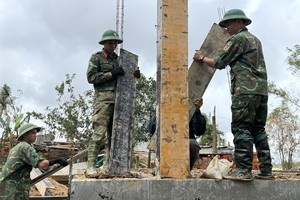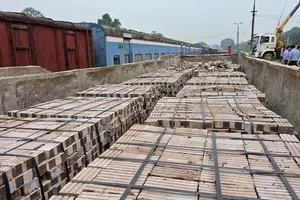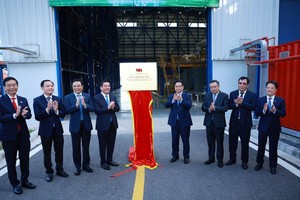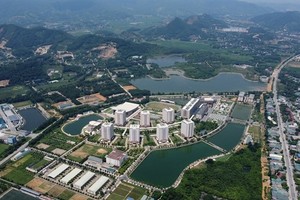The overarching goal is for Vietnam to become a developing country with a modern industrial sector and a high middle-income status by 2030.
In terms of the economy, the target is to achieve an average annual GDP growth rate exceeding 8 percent during the 2021–2030 period; the per capita GDP at current prices is expected to reach approximately US$8,500 by 2030.
The resolution emphasizes leveraging the strengths of each socio-economic region, focusing on the development of two major growth hubs in the North and South, anchored by the key urban centers of Hanoi and Ho Chi Minh City. Key economic corridors such as North–South, Lao Cai–Hanoi–Hai Phong–Quang Ninh, and Moc Bai–Ho Chi Minh City–Bien Hoa–Vung Tau will receive synchronized, modern investments aimed at achieving high growth rates and making significant contributions to the country’s overall development.
Developing Vietnam’s education to reach an advanced level in the region
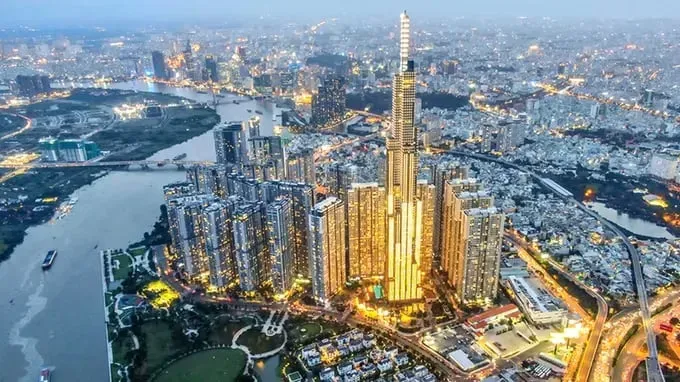
The plan aims to strongly develop digital infrastructure and data infrastructure as the foundation for the national digital transformation, fostering the growth of a digital government, digital economy, and digital society, with the digital economy expected to account for approximately 30 percent of GDP.
Regarding society, the strategy targets maintaining a stable replacement fertility rate, with an average of 2.1 children per woman of reproductive age, and a population size of around 105 million. The Human Development Index (HDI) is projected to reach approximately 0.78, with an average life expectancy of about 75.5 years. The proportion of agricultural labor in the total workforce is set to decline to below 20 percent.
Vietnam aims to develop its education system to an advanced level within the region, ranking among the top 10 countries with the best higher education systems in Asia. The goal includes having at least eight universities ranked within the top 200 in Asia and at least one university ranked within the top 100 globally in certain fields according to reputable international rankings. Concurrently, the country seeks to elevate the quality of healthcare services to match those of leading nations in the region.
The resolution outlines the development orientation for the socio-economic spatial structure, including economic and social zoning, regional development directions, and regional connectivity. It emphasizes the development of key growth hubs, national growth poles, and economic corridors.
Specifically, the development of the Northern key growth hub includes Hanoi and surrounding areas connected with Ring Roads 4 and 5, National Highways 5 and 18, and expressways CT01, CT04, CT05, CT07, and CT09 passing through Hai Phong City and the provinces of Bac Ninh, Thai Nguyen, Phu Tho, Ninh Binh, Hung Yen, and Quang Ninh, with Hanoi serving as the primary growth pole.
The Northern key growth hub is set to lead in the development of high-quality human resources, science and technology, innovation, the digital economy, and digital society.
Ho Chi Minh City is the driving force of the Southern Key Economic Region
The development of the Southern Key Economic Region encompasses areas along National Highways 22, 13, 1, and 51, the Western North-South Expressway, and Ring Road 4 passing through Ho Chi Minh City and the provinces of Dong Nai and Tay Ninh, with Ho Chi Minh City serving as the primary growth pole. In the post-2030 period, there will be studies to expand the scope of this key growth hub.
The Southern Key Economic Region is being developed to lead the nation and become a foremost center in Southeast Asia for economy, finance, commerce, services, healthcare, education, and training, as well as the development of high-quality human resources, science and technology, innovation, and digital transformation. Efforts will focus on robustly developing an innovation ecosystem, spearheading the shift in growth models, and building a digital economy and digital society.
Strong development is planned for financial services, banking, science, technology, and logistics sectors. An international financial center will be established in Ho Chi Minh City with the goal of becoming a leading global financial hub, elevating Vietnam’s position within the global financial network in tandem with driving economic growth.
The Central key growth hub is being established and developed, encompassing coastal areas of centrally governed provinces and cities, including Hue, Da Nang, Quang Ngai, and Gia Lai, with Da Nang city serving as the primary growth pole.
The Mekong Delta key growth hub is being formed and developed, encompassing Can Tho City and the provinces of An Giang, Vinh Long, and Dong Thap. This hub is strategically connected to key expressways, including the Eastern North–South Expressway’s segment from Can Tho to Vinh Long, the An Huu–Cao Lanh Expressway, the Western North-South Expressway from Cao Lanh to Rach Soi, the Chau Doc–Can Tho–Soc Trang Expressway, the Ha Tien–Rach Gia–Bac Lieu Expressway, and the Phu Quoc Special Zone. Can Tho City serves as the primary growth pole. In the post-2030 period, studies will be conducted to expand the hub’s scope, linked with the Tran De seaport.
The resolution also highlights the formation of the North Central Coast key growth hub, encompassing areas along the Eastern North–South Expressway, National Highway 1, and the coastal roads. This hub is connected with provincial central cities, coastal tourism towns, and coastal economic zones in Thanh Hoa, Nghe An, and Ha Tinh provinces.
The North Central Coast is set to become a national center for refining and petrochemical industries, metallurgy, mechanical manufacturing, automotive, and supporting industries. In addition, rapid development of emerging industries such as electronics, semiconductors, artificial intelligence, digital technology industries, and other high-tech sectors is planned.
The resolution also sets forth guidelines for the development of the national urban and rural system; the utilization and management of airspace; the development and spatial distribution of key sectors, including industry, services, agriculture, forestry, and fisheries; the development of national-level social infrastructure; the development of national technical infrastructure; and national land use planning.
